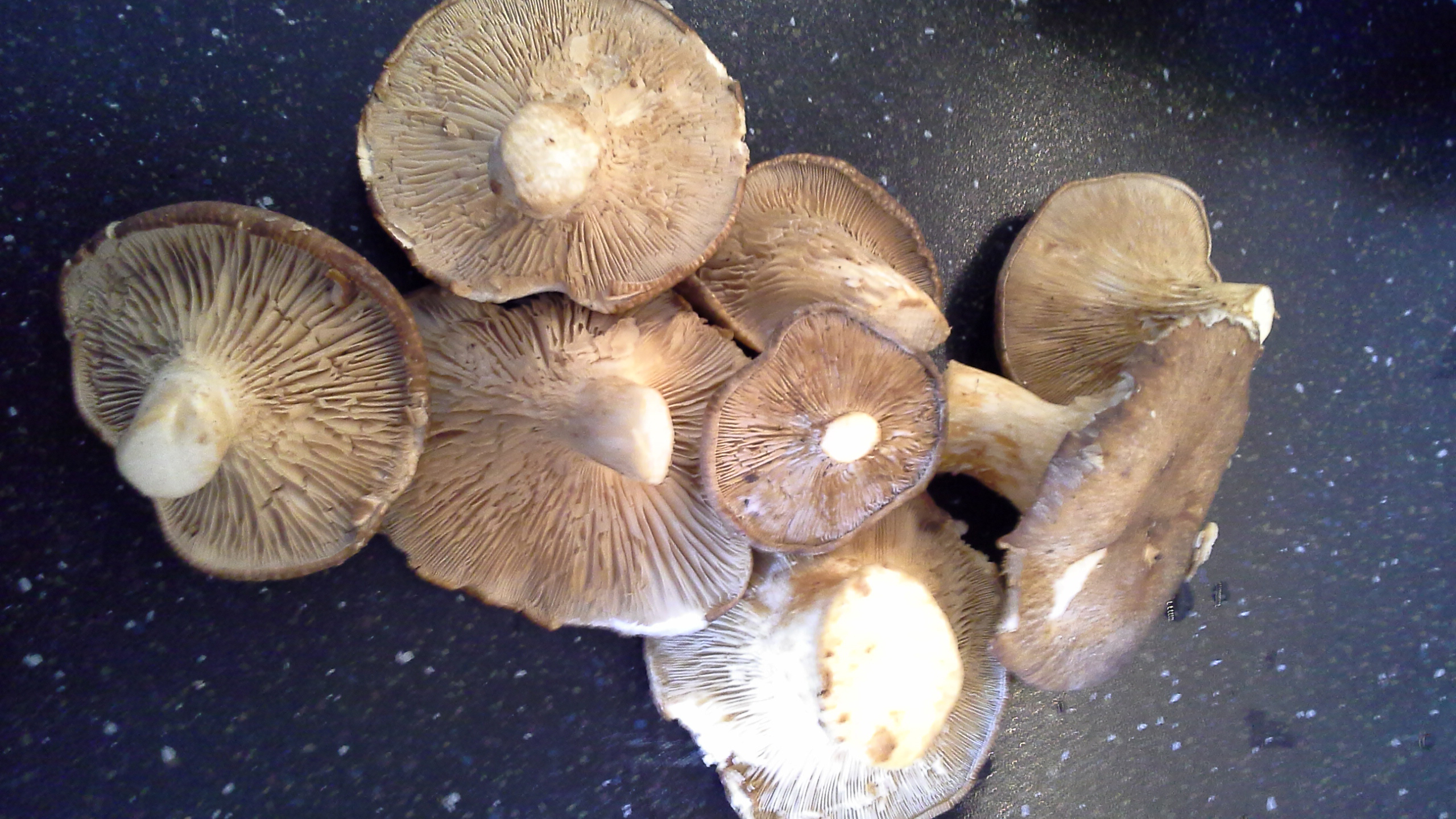Many of us will be sorry to see the end of summer. Shortly it will be autumn, but as the seasons change we can look forward to a culinary delight that reaches its zenith in the fall – mushrooms! There are more than 10,000 species of the fleshy fungi, but only about one-half of them are edible. Although mushrooms can be harvested year round, the best season in Italy is definitively autumn, when you can find the famed PorcinI, the fabulous Galletto and the esteemed Tartufi.
The days from the end of September until the beginning of November are among the prettiest times of the year for colors and scents in Italian woods and forests. For those who are in Italy during that time, you might consider spending a relaxing morning or afternoon searching for mushrooms.
In Italy, there is a rich tradition of mushroom picking known as andare a funghi and consequently there are hundreds of recipes made with the savory members of the fungi family. Some might find it amusing, but even though an Italian chef, cook or nonna will sometimes share their traditional recipes and cooking tips, a mushroom picker will never reveal the place where he or she finds the delicious treasures of the woods.
What is not a secret is that some mushrooms are more popular than others. Italians love them all. A quick glance at the recipes from different regions reveals the many different varieties that are used, but while some might be staples of the people, other types of fungi enjoy a status that is closer to that of nobility, with the white truffle wearing the crown as king.
Let us delve into the Italian world of the fungi mushroom and discuss some of the country’s most well-known mushrooms.
The most common mushroom in Italy and the world for that matter, is called the agaricus. In the U.S. it is called the White Button. About 90 percent of all mushrooms consumed are of this variety. Mild tasting, it can be eaten raw or cooked and it works well in soups, salads and on pizza.
The Crimini is also known as the baby bella, Roman, classic brown and Italian brown. It is a young Portobello mushroom. Although the Crimini is darker, firmer and more flavorful than its cousin the white button, the two can be used interchangeably.
Portabello is a dense, rich mushroom that lends depth to sauces and pastas and makes a great meat substitute. If you want a bun-substitute, you can even use the mushroom’s flat cap. Portobellos can be as wide as the palm of one’s hand and their meaty texture stands up to grilling and stuffing – or both.
The Porcini family encompasses a number of varieties of mushroom. For example, the Porcino Estivo grows in the Apennine area primarily at the beginning of summer, while the Porcino Nero is best known and appreciated in central and southern Italy. The mushroom’s flesh is white and thick with a woodsy flavor. As is no surprise, they can be used in numerous recipes – grilled and laid on steaks; deep fried; stirred with garlic or raw, sliced in a salad with Parmigiano cheese shavings and extra virgin olive oil. The Porcini mushroom can also be dried, which makes them perfect for risotto.
Galletti is known in Italy by several other names, including Chanterelle, Gallinaccio, Gialletto and Finferlo. With colors ranging from orange to cream, these mushrooms are among the richest sources of Vitamin D known. The Chanterelle mushrooms have a distinct, robust flavor and are often used to lend more character to other mushroom-based dishes.
The Cardoncelli or Trumpet Royale Mushroom is the most popular mushroom in the southern regions of Italy – Apulia, Basilicata and Calabria, but it is also found in Sardinia, where it grows in abundance. In addition to being found in the wild, the cardoncelli is relatively easy to cultivate. The mushroom has a meaty consistency that remains unchanged, even after cooking and it can be enjoyed roasted, deep fried, cooked in olive oil with parsley and garlic or used to make a delicious pasta sauce.
Then there is Tartufi, the highly-prized truffle. The truffle is a fungi, so it is in the mushroom family, but it grows underground. It possesses the most unique flavor of any mushroom type; a flavor so rich and powerful that there seems to be no middle ground. Either people love the taste of truffles or they hate them. Pity the latter…
The best truffles come from Piedmont. But in general, these aromatic members of the fungi family find the best soils to grow in are along the Apennines ridge, from Lombardia to Campania and towards the northeast regions, even including Veneto. Aficionados are adamant in their position that the white truffles are superior to black ones, but there are different types of each, with equally different qualities and vastly different prices. The Tuber Magnatum Pico, a white truffle from Alba in the Piedmont and Acqualagna in Le Marche, is the most well-known worldwide. Its scarcity is reflected in its price, which can range from expensive during years when the woods yield a bumper crop, to very, very expensive when the season yields low quantities.
Now begins the season for mushroom foraging, but remember, for every type that is edible, there is one that is not, so unless you can identify mushrooms in the wild, never eat anything unless you are sure of the type.





